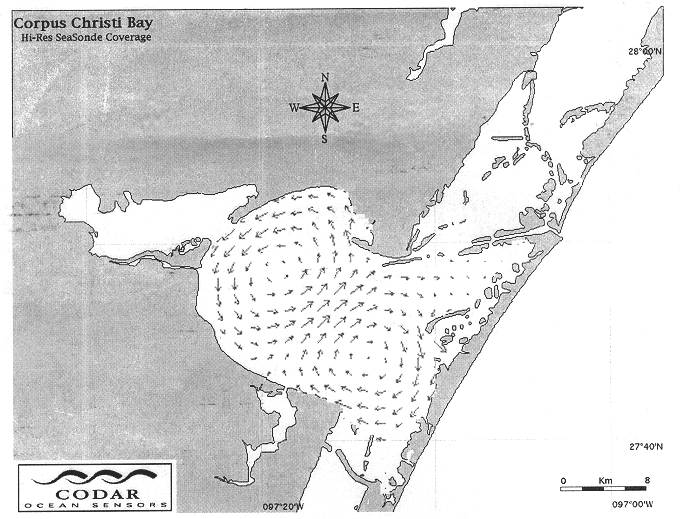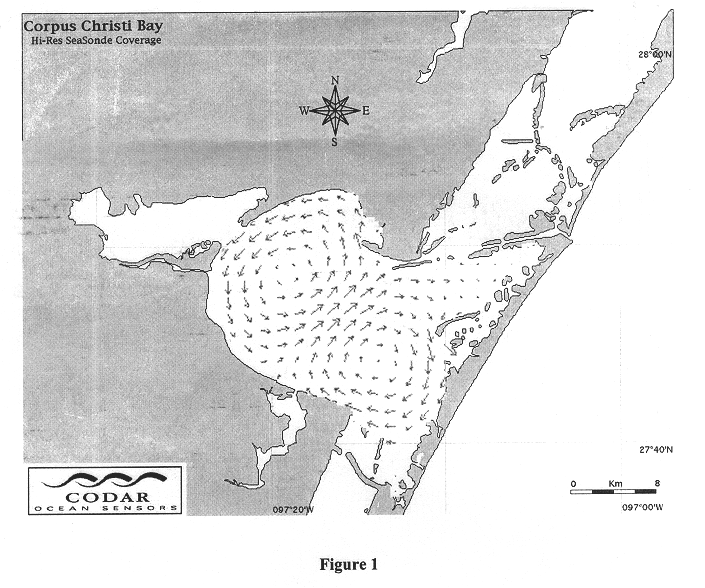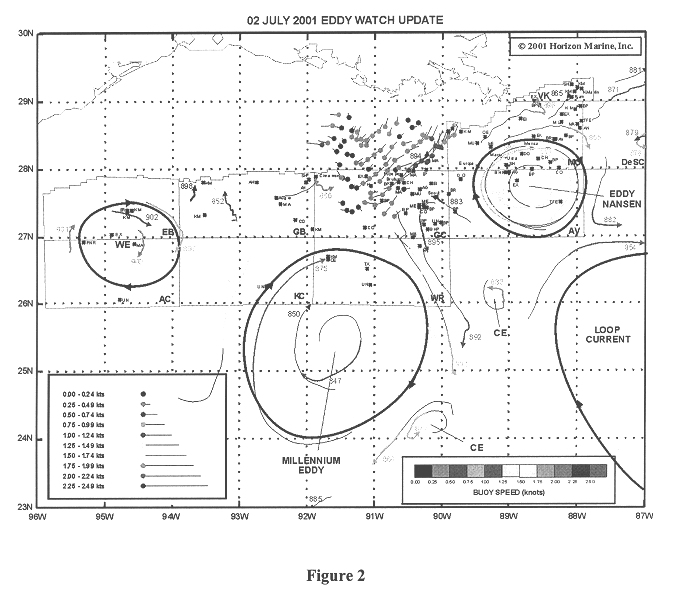Synthesis of total surface current vector maps by fitting normal modes to single-site HF radar data
a technology of total surface current and vector map, applied in the field of surface flow, can solve the problems of increasing the cost and inconvenience of the observation system, neither method has proved sufficiently reliable for widespread acceptance and use, and the method provided nothing beyond
- Summary
- Abstract
- Description
- Claims
- Application Information
AI Technical Summary
Benefits of technology
Problems solved by technology
Method used
Image
Examples
Embodiment Construction
The invention and the various features and advantageous details thereof are explained more fully with reference to the nonlimiting embodiments that are illustrated in the accompanying drawings and detailed in the following description. Various substitutions, modifications, additions and / or rearrangements within the spirit and / or scope of the underlying inventive concept will become apparent to those skilled in the art from this disclosure.
The invention can include the ability to form meaningful two-dimensional surface-current vector maps when only one radar views the surface area.
The invention can also include a methodology to estimate flows in zones that are shadowed from direct radar observation by two or even one radar, as happens with complex coastlines inside of bays.
Oceanographers have developed methods to extract maximum information from sparsely sampled data. One such technique was derived to estimate current flow patterns from drifter buoy data. These buoy position samples ...
PUM
 Login to View More
Login to View More Abstract
Description
Claims
Application Information
 Login to View More
Login to View More - R&D
- Intellectual Property
- Life Sciences
- Materials
- Tech Scout
- Unparalleled Data Quality
- Higher Quality Content
- 60% Fewer Hallucinations
Browse by: Latest US Patents, China's latest patents, Technical Efficacy Thesaurus, Application Domain, Technology Topic, Popular Technical Reports.
© 2025 PatSnap. All rights reserved.Legal|Privacy policy|Modern Slavery Act Transparency Statement|Sitemap|About US| Contact US: help@patsnap.com



